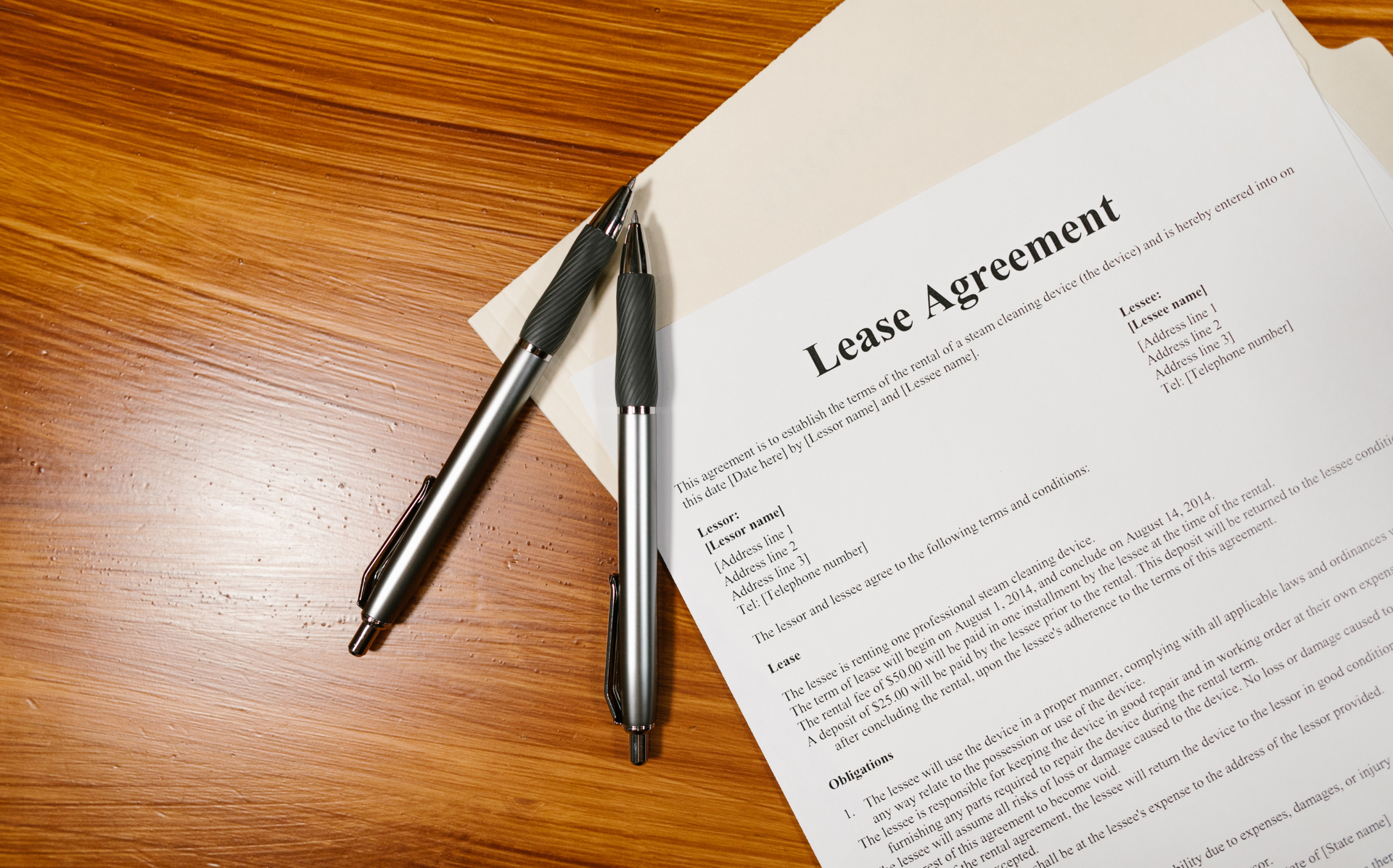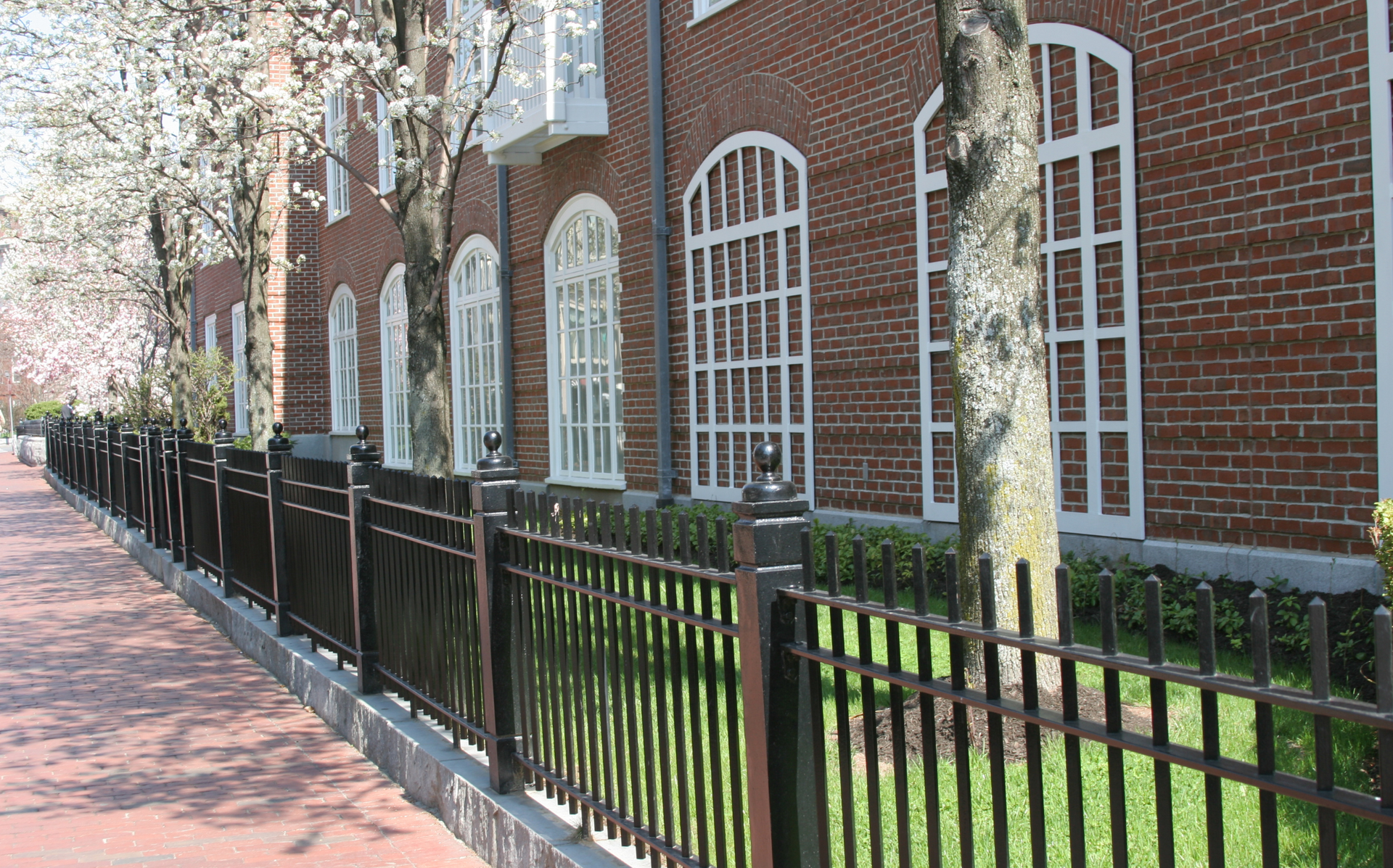USC Housing Checklist for Students Signing Their First Lease

Signing your very first lease is one of the biggest milestones in your college journey. For USC students, it marks a shift from dorm life to the independence of living off campus. It’s exciting, but it can also feel overwhelming. With so many moving parts—budgets, inspections, roommates, and legal agreements—it’s easy to miss important details. That’s why having a USC Housing Checklist for Students Signing Their First Lease is essential.
Whether you’re a first-time renter or a student moving off campus after your freshman year, this guide will walk you through every step. We’ll cover financial planning, property inspections, lease agreements, and USC-specific housing considerations so you can move into your new home with confidence.
Budgeting and Financial Preparation
Before you sign anything, you need to know exactly what you can afford. Creating a housing checklist for the first lease starts with financial planning.
Estimating Housing Costs
The cost of living near USC is higher than many college towns. University Park and Exposition Park, both within walking distance of campus, offer convenience but come at a premium. Some nearby areas like Pico-Union or Historic South Central may be slightly cheaper but require longer commutes.
When budgeting, consider:
- Rent: The cost of rent will depend on the type of housing and whether you are renting on your own or sharing with roommates. Properties closer to campus often come at a premium, while those farther away may be more affordable.
- Utilities: Some utilities like water, trash, and sewer may be included in the rent, while others such as electricity, gas, and internet are typically billed separately. Always confirm what’s covered so you can plan your budget accurately.
- Transportation: If you live farther away, factor in Metro passes or gas and parking.
- Food & Lifestyle: Dining out in LA adds up. Budget realistically for groceries, entertainment, and social activities.
Pro Tip: Build a 10–15% “cushion” in your budget for surprise expenses like textbooks or emergency travel.
Income and Rent Ratio
Landlords typically require proof that your monthly income is 2.5–3 times the rent. If you don’t have a steady income as a student, a cosigner (usually a parent or guardian) can sign with you. A cosigner is legally responsible if you can’t make payments, which reassures landlords.
Without meeting this ratio, your application may be denied, so plan ahead with financial aid documents, part-time work paystubs, or cosigner support.
Security Deposits Explained
Many first-time lease signers mistake a security deposit for last month’s rent—but they’re different. A security deposit protects the landlord against damage or unpaid rent. In California, deposits can’t exceed:
- 2 months’ rent for unfurnished units
- 3 months’ rent for furnished units
To get your deposit back:
- Take photos and videos at move-in (document scratches, dents, stains).
- Request a signed inspection form from your landlord.
- Maintain the unit and return it in good condition.
Inspecting and Evaluating the Property
A crucial step in your lease signing checklist for students is evaluating the unit before you sign. Never commit without seeing the property in person (or virtually, if you can’t travel yet).
Walkthrough and Documentation
When you tour a USC apartment, don’t just glance at the layout—inspect carefully:
- Check that locks, windows, and doors work properly.
- Test faucets, showers, and toilets for water pressure.
- Confirm appliances like stoves, ovens, and refrigerators function.
- Look for pests or mold in corners, under sinks, and near vents.
- Switch on all lights and outlets to test electrical systems.
Take photos and videos, then create a checklist of damages. Have your landlord sign off on this list during move-in so you’re not blamed later.
Understanding Amenities and Inclusions
Some rentals near USC include perks that can save you money:
- Wi-Fi, utilities, or laundry services
- Parking or bike storage
- Air conditioning (important for hot LA summers)
- Security systems or gated entry
Ask specifically: “Which utilities are included in rent, and which are separate?” This clarity helps you avoid unexpected monthly bills.
Roommates and Co-Living Options
Many USC students save money by sharing apartments. Splitting rent and utilities makes off-campus housing more affordable and creates a built-in social network.
If finding roommates feels stressful, USC has co-living options where you rent your own bedroom and bathroom but share kitchens and living rooms. These setups remove the pressure of finding a group lease and can simplify your first lease checklist for students.
Understanding Lease Agreements
A lease is a legally binding contract—so reading every word matters. This section of your USC lease signing checklist helps you avoid costly mistakes.
Essential Lease Terms
A standard lease should include:
- Names of all tenants and the landlord
- Rental address and unit number
- Rent amount, due date, and payment method
- Lease length (often 12 months for USC apartments)
- Security deposit details
- Policies on subleasing, pets, and guests
Always request a written lease. Verbal agreements are not legally binding.
Legal Protections and Red Flags
Be cautious of scams. Some fraudulent landlords ask for deposits without showing the property first.
Tips to protect yourself:
- Never pay a deposit without confirming the landlord owns the property.
- Review the lease with a parent, advisor, or attorney before signing.
- Ensure both you and the landlord sign the document, and keep a copy.
Negotiation and Flexibility
Leases aren’t always “take it or leave it.” You may negotiate on:
- Pet policies
- Guest allowances
- Parking availability
- Lease length (e.g., semester vs full year)
If you know you’ll study abroad, ask about subleasing clauses. Anticipating your needs can save money and stress later.
Preparing for Move-In
Once your lease is signed, the focus shifts to preparing for move-in day. This transition can feel both exciting and overwhelming, especially for students who may be moving into their first independent living space. Careful planning will help you avoid stress and make the process smoother.
When you attend the lease signing, it’s important to come fully prepared. Most landlords will require a government-issued photo ID to verify your identity, along with proof of income or details about your cosigner if you’re relying on one. In some cases, landlords may also ask for proof of renter’s insurance before you move in, since this provides extra protection for both you and them. If you plan on bringing a car, having your registration ready is essential for obtaining parking permits.
Finally, you’ll need to pay your first month’s rent along with the security deposit, so it’s a good idea to confirm ahead of time whether your landlord prefers a check, money order, or another form of payment. Having all of this ready ensures your signing appointment goes smoothly and without delays.
Packing for your new home at USC doesn’t have to be complicated. The best strategy is to keep it light, since Los Angeles offers plenty of options for buying essentials after you arrive. Focus on bringing what you’ll need right away—clothing, personal care items, your laptop, and the chargers and study supplies you rely on daily.
A few small appliances, such as a microwave or coffee maker, can also be useful if they’re not provided in your unit. For comfort, bring your own bedding and towels, as those little touches will help you settle in quickly. Heavier items, like desks, lamps, or larger storage bins, can be purchased locally to save the hassle of transporting them.
Another key part of preparation is carefully reviewing your lease start date so you know exactly when you’re allowed to move in. This helps you plan travel and coordinate moving logistics with family or friends. Many students who come from out of state bring parents or siblings to help with the setup, turning the move-in process into a collaborative effort.
Some families even choose to stay in a nearby hotel for the first night to make the transition easier. Having extra hands not only lightens the workload but also provides emotional support during a big life change. With the right planning, move-in day becomes less stressful and more about celebrating a new chapter in your USC experience.
USC-Specific Housing Considerations
Living near USC offers exciting opportunities but also comes with unique challenges that every student should consider. The university is located in the University Park neighborhood, positioned near both the 110 and 10 freeways, which makes the area convenient for commuting but also busy with city traffic. The location gives students a variety of housing options, each with its own character and advantages.
University Park is the most popular choice for students who want to live close to campus. Being within walking distance of classes, libraries, and student hubs makes it the most convenient option, though that convenience often comes at a higher price. Exposition Park, which sits right next to cultural attractions like the California Science Center and the Natural History Museum, offers a lively environment that blends student life with city energy. Students who want a slightly more affordable option often look toward Pico-Union, which is a bit farther away but provides more budget-friendly rent compared to the neighborhoods directly surrounding USC.
Transportation is another important part of life for students living off campus. USC makes commuting easier with its dedicated bus system that connects popular student housing areas with campus. The university also partners with rideshare companies, offering programs like Lyft for safe late-night rides—a huge relief for students who may have late study sessions or evening activities.
Beyond campus resources, Los Angeles’ broader transit network is also accessible, with Metro buses and Metrolink trains making it possible to explore the city without needing a car. For students who do bring cars, parking can be competitive, so planning for parking permits or secured spots is often part of the housing decision.
Safety and security are always top priorities for students and families, especially in a large urban setting like Los Angeles. USC has its own Department of Public Safety (DPS), which patrols both campus and the surrounding neighborhoods, helping students feel more secure as they move between classes and housing.
Many apartment complexes near USC also recognize the importance of safety, offering gated entry systems, security cameras, and even 24/7 maintenance or security staff. When touring potential apartments, it’s always wise to ask the landlord or leasing agent what specific safety measures are in place. Having peace of mind about security allows students to focus more on their academic and social lives without unnecessary worry.
Conclusion
Signing your first lease near USC is both exciting and intimidating. With the right preparation, however, it becomes a manageable and rewarding step toward independence. Start with financial planning, inspect every property thoroughly, understand your lease terms, and prepare for move-in day.
This USC lease signing checklist isn’t just about paperwork—it’s about setting yourself up for a successful year academically, socially, and personally. By following this first lease checklist for students, you’ll avoid common mistakes, protect your finances, and feel confident in your new home.
Remember, this is more than just an apartment—it’s the foundation for your USC experience. With careful planning and a clear checklist, your first lease can be the start of something great.
FAQ Section
What should be on a first lease checklist for USC students?
Budget planning, property inspection, reviewing lease terms, and preparing move-in essentials.
What documents are required when signing your first lease?
ID, proof of income or cosigner info, renter’s insurance, and first month’s rent + deposit.
How can students protect their security deposit?
Document move-in condition with photos, report issues, and maintain the unit.
What’s the difference between a co-living lease and a traditional lease near USC?
Co-living lets you rent a single room with shared common areas; traditional leases require joint responsibility for the whole unit.
Is renter’s insurance required for USC students?
Some landlords require it; even if not, it’s strongly recommended.
Can students negotiate lease terms near USC?
Yes, especially for pets, parking, and lease duration.
What should students check during a USC apartment walkthrough?
Locks, appliances, water pressure, electricity, pests, and damages.
Are utilities usually included in USC student housing leases?
It depends—water, sewer, and trash often are, but electricity, gas, and internet may not.
How do cosigners help first-time student renters at USC?
Cosigners guarantee rent payments, which makes landlords more willing to approve applications.










